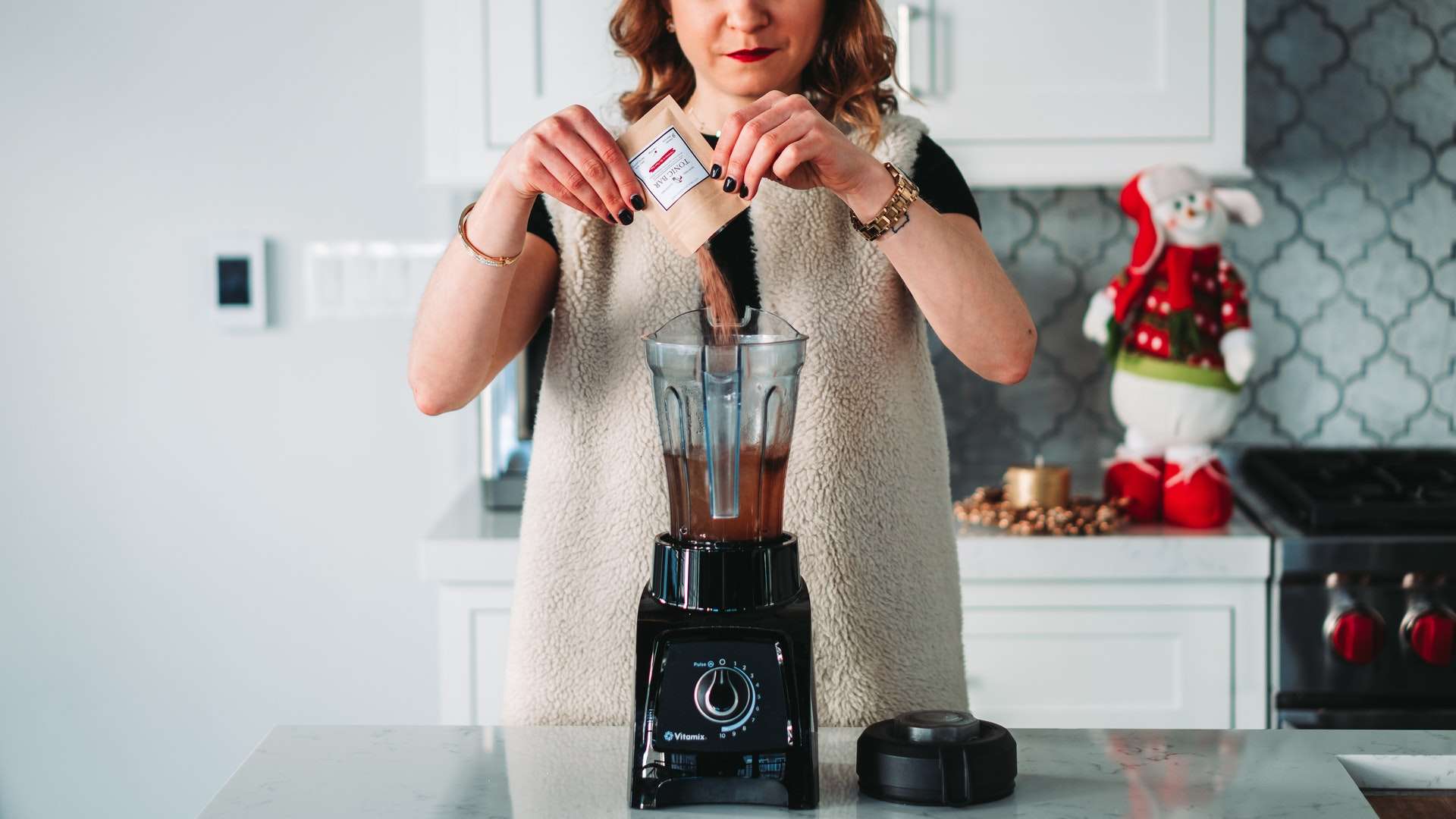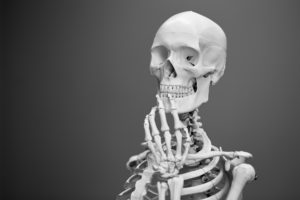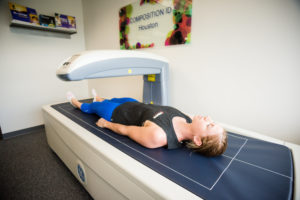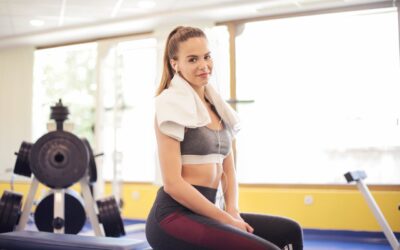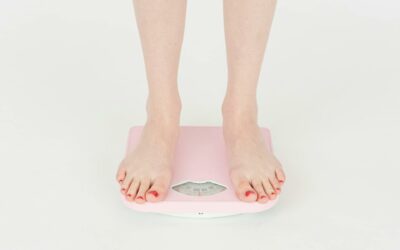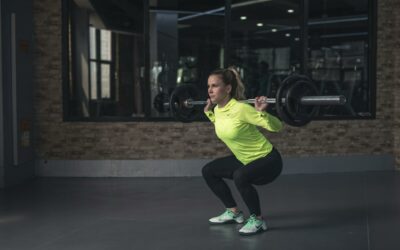Getting older – it’s something most of us dread. It seems as our number in age creeps up, so do new aches, pains, and wrinkles. Health is one of the most important factors in aging gracefully, from maintaining muscle mass, keeping bones strong and having good cardiovascular fitness. Science and technology can play an important role in assessing and monitoring health as we get older, but it’s ultimately up to us to take care of our bodies and minds.
Retaining Muscle Mass
It’s no secret our bodies change as we get older. Much of this change comes from loss of skeletal muscle mass, a condition called age-related sarcopenia. On average, adults lose approximately 3-5% of muscle mass per decade after age 30, with close to 50% of adults over age 80 experiencing advanced muscle loss. A reduction in muscle mass in adults can be attributed to sedentary lifestyles, inadequate nutrition, hormonal changes, and general inflammation. A decline in muscle mass is not only associated with higher risk of chronic disease, but also with loss of independence in older adults, as lack of mobility, flexibility, and overall energy to accomplish daily tasks can be limiting. Reduced muscle mass in the elderly can also lead to disability, higher risk of falls, and osteoporosis (strong muscles mean strong bones!).
But enough with the bad news! It’s possible to regain muscle lost over time through routine weight training (2-4 times a week) and proper consumption of vital macro and micronutrients, including protein and vitamin D. Studies have shown a reverse of sarcopenia in older adults who adopt a resistance training regimen for 6 months.
Bone Health
The skeletal system provides both structure, protection and support for soft tissues, and keeps us standing tall and mobile. Bones are also living tissues that serve an essential function of producing blood cells and storing minerals like calcium. Like any tissue, bones are constantly regenerated and remodeled through processes called resorption and formation. In fact, about 20% of the skeleton in an adult body is replaced each year.
Bones and muscles are inexorably linked, not only in mobility, but also in health. Muscles pull on bones to create movement. This push-pull relationship creates tension that builds strength as more force is applied. Therefore, the stronger muscles are (and the more often they are used) the stronger bones become. In order to maintain healthy bone function and strength, physical activity and resistance training is required, along with healthy levels of hormones.
Bone “strength” is commonly determined by measuring bone mineral content, or bone density. When bones are healthy and strong, our bone mineral content measurement is high. However, when new bone forms too slowly (or when resorption happens too quickly), osteoporosis may develop. Osteoporosis is a bone disease that occurs when there is a reduction in bone mineral content. Factors that often come with old age can lead to a higher risk of osteoporosis, such as changes in hormones or nutritional deficiencies (calcium, Vitamin D). It’s important to routinely check bone density and seek medical attention if you are at risk for osteoporosis.
Monitoring Body Composition
Maintaining a healthy body composition relies heavily on retaining – or building – muscle and bone strength through the years. However, it’s often difficult to find baseline measurements of lean mass and bone mineral content from which to build. Knowing exactly how much of your body is comprised of lean mass and bone strength requires specific technology that takes an inside look at body composition. Dual absorption X-ray (DXA) technology is an efficient and accurate method to analyze lean mass and bone density – along with subcutaneous and visceral fat (another huge indicator of overall health).
A DEXA scan uses DXA technology to measure lean mass in pounds and percentages, both total-body and regionally. An overall lean mass percentage of between 75-85% (15-25% body fat) is generally a good indicator of adequate muscle mass, and overall healthy body composition. A Unique to any other body composition test, a DEXA scan also measures bone mineral content, or bone density, to estimate bone health and assess for risk for developing osteoporosis.
As we age, it’s important to have a general understanding of our body’s own lean mass and bone mineral content and to continue to measuring periodically to ensure our bodies remain healthy. Technology can be an extremely helpful tool in understanding what lies beneath the skin. However, no matter how many scans or tests are scheduled, it’s up to each of us to take charge of our own health by making exercise and healthy nutrition a priority for life.
If you are interested in understanding more about your lean mass and bone health, schedule a DEXA scan or talk to our nutrition coaches.
